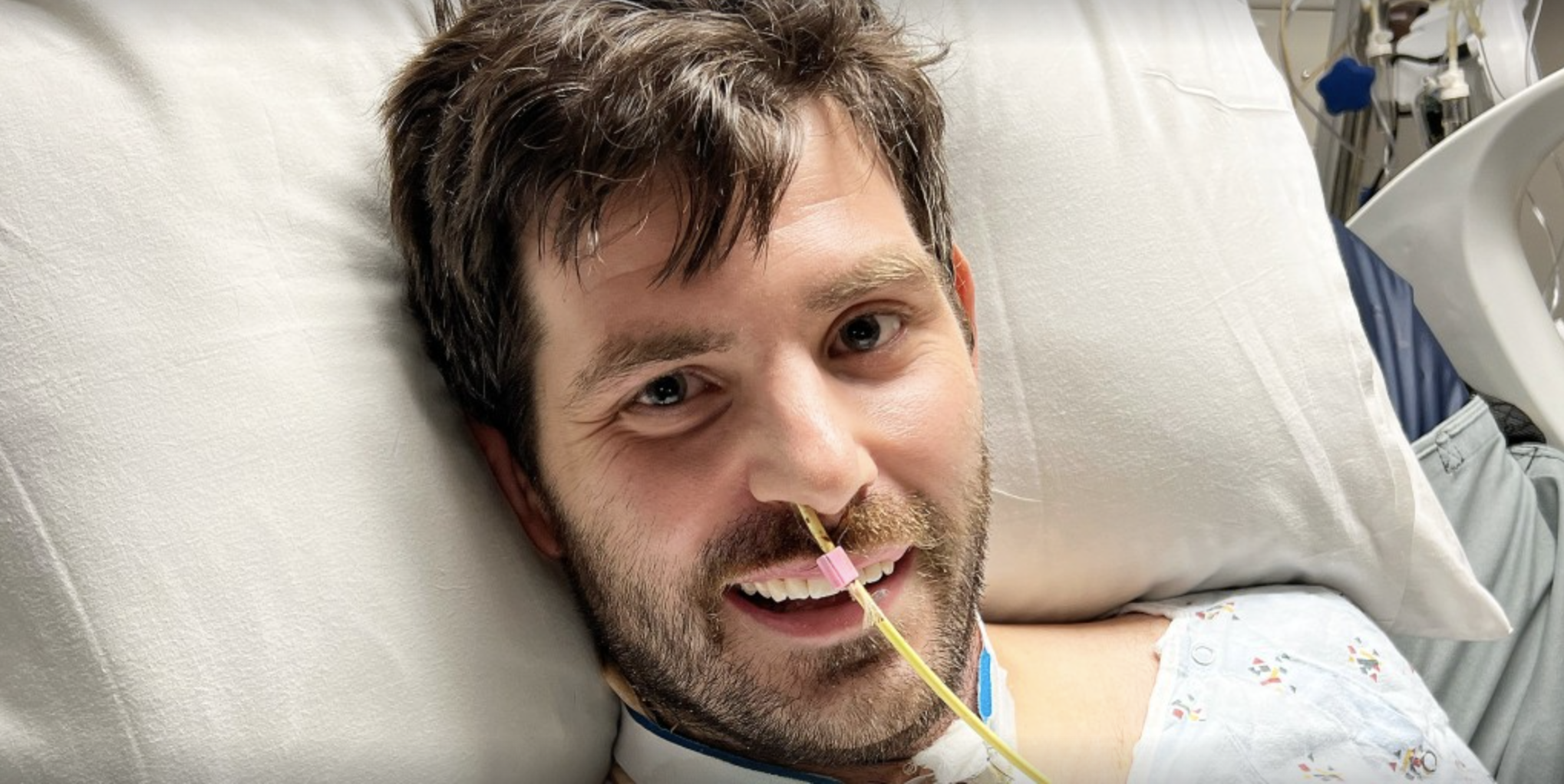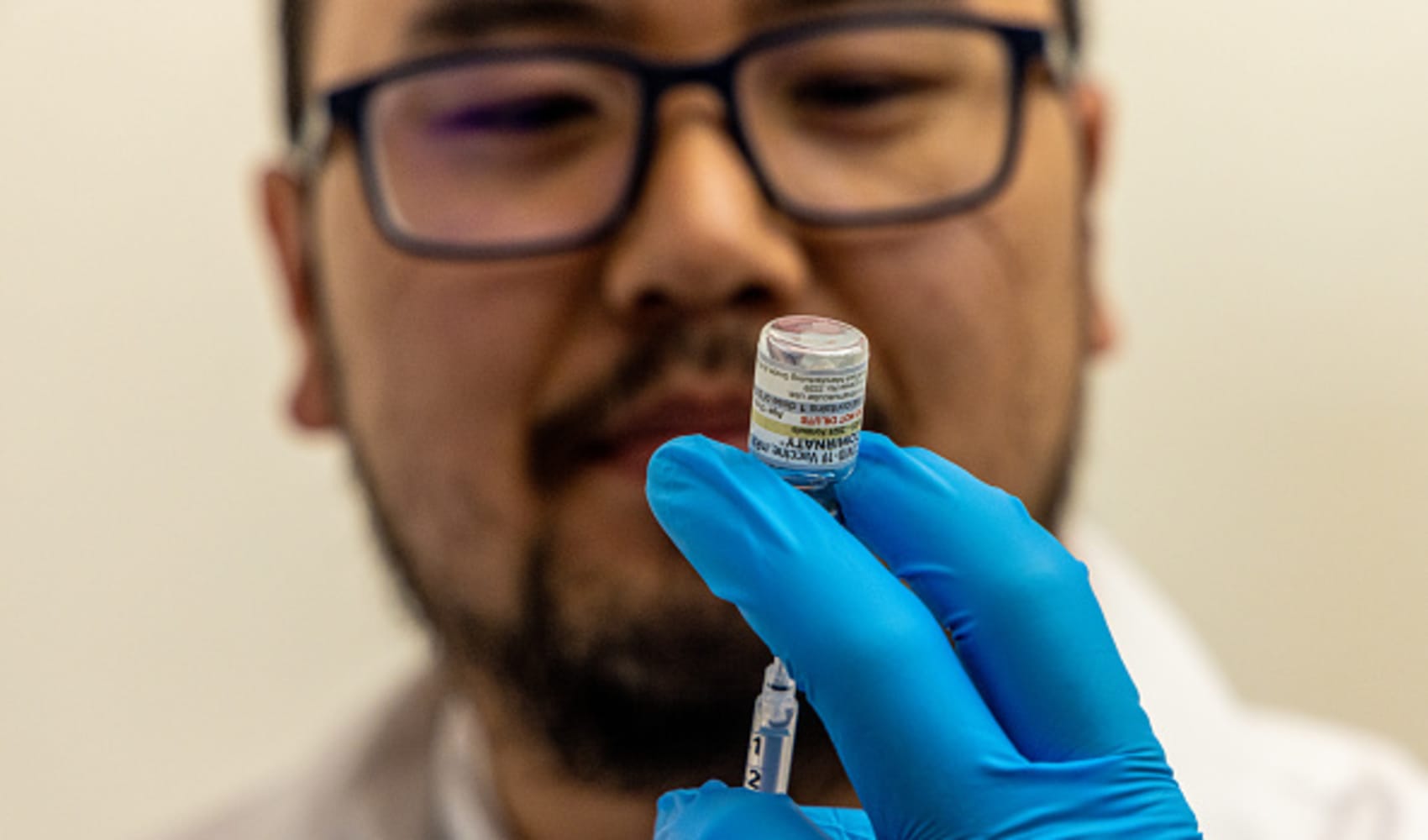
Isolated woman using disinfectant spray to clean her hands.
If more people around you seem to be coming down with Covid lately, that’s because infections are indeed on the rise nationally.
Cases are most likely increasing in 39 states and aren’t declining anywhere in the U.S., according to the Centers for Disease Control and Prevention — evidence that an anticipated summer wave is underway.
The CDC no longer tracks Covid cases, but it estimates transmission based on emergency department visits. Both Covid deaths and ED visits have risen in the last week. Hospitalizations also climbed 25% from May 26 to June 1, the latest data available.
California in particular appears to be experiencing a notable rise in infections. The state’s data suggests high levels of coronavirus in wastewater, and Covid has gotten more prevalent there since May. The documented share of Covid tests in California that came back positive has risen from around 3% to 7.5% in the last month or so.
“It looks like the summer wave is starting to begin,” said Dr. Thomas Russo, chief of infectious diseases at the University at Buffalo Jacobs School of Medicine and Biomedical Sciences.
Covid infections have historically spiked over the summer, in part because of an increase in travel and people congregating indoors, where it’s cooler. This year appears to be no exception, though disease experts expect this season’s wave to be milder in terms of severe disease.
Several variants are likely to be contributing to the nationwide trend, said Dr. Dan Barouch, director of the Center for Virology and Vaccine Research at Beth Israel Deaconess Medical Center in Boston.
“We’re seeing the start of an uptick of infections that is coincident with new variants that are developing: KP.2 and KP.3 and LB.1. It does appear that those variants do have an advantage over the prior ones,” he said.
All three variants are descendants of JN.1, the version of the coronavirus that took over this winter, so experts think of them as cousins.
Feeling out of the loop? We'll catch you up on the Chicago news you need to know. Sign up for the weekly Chicago Catch-Up newsletter.
KP.2 became the dominant variant in the U.S. last month, and then KP.3 took over in early June. Along with a third variant that shares the same key mutations, KP.1.1, the group accounts for around 63% of Covid infections in the U.S. Some scientists collectively refer to the variants as “FLiRT” — a reference to their amino acid changes.
LB.1 accounts for another 17.5% of Covid infections. Experts said its rapid growth indicates that it’s likely to become dominant soon, though scientists still want to study it more closely.
“It’s sort of the newest kid on the block,” Barouch said. “There’s not much known about it.”
A preprint paper released this month, which hasn’t been peer-reviewed, suggests that LB.1 is more infectious than the “FLiRT” variants and could be better at evading protection from vaccines or previous infections.
“Assuming that preliminary data is true, that it’s more immune-evasive and that it’s more infectious than KP.2 and KP.3, that’s a winning formula to infect more people,” Russo said.
The CDC doesn’t regularly track Covid symptoms over time, so it’s hard to know whether illnesses caused by any of the new variants look any different. For the most part, Covid symptoms have been consistent for the last two-plus years.
Variants aside, several other factors could help the virus spread this summer. Experts said cases will probably continue to rise as people retreat indoors to escape this month’s punishing heat wave and gather to celebrate the Fourth of July.
Russo recommended that people who are the most vulnerable to infection — those who are older or immunocompromised or engage in riskier activities, such as attending large parties or gatherings — consider getting the latest Covid vaccine now if they haven’t already.
He added that a monoclonal antibody drug called Pemgarda has been available since April for immunocompromised people. The antiviral medication Paxlovid should also help reduce the likelihood of hospitalization or death.
But most young, healthy people can hold out for the updated Covid vaccines expected to arrive this fall, experts said. The Food and Drug Administration advised vaccine manufacturers this month to target the KP.2 variant. The CDC’s Advisory Committee on Immunization Practices is scheduled to meet Thursday to decide who should get those shots.
A vaccine targeting KP.2 vaccine won’t be a direct match for the dominant strain come fall — the variant declined in prevalence last week compared to two weeks before.
“The virus already appears to be evolving beyond what’s going to be the fall boosters, and it’s only June,” Barouch said. Even so, he added, the updated vaccines should still protect against the various variants circulating right now.
This story first appeared on NBCNews.com. More from NBC News:




